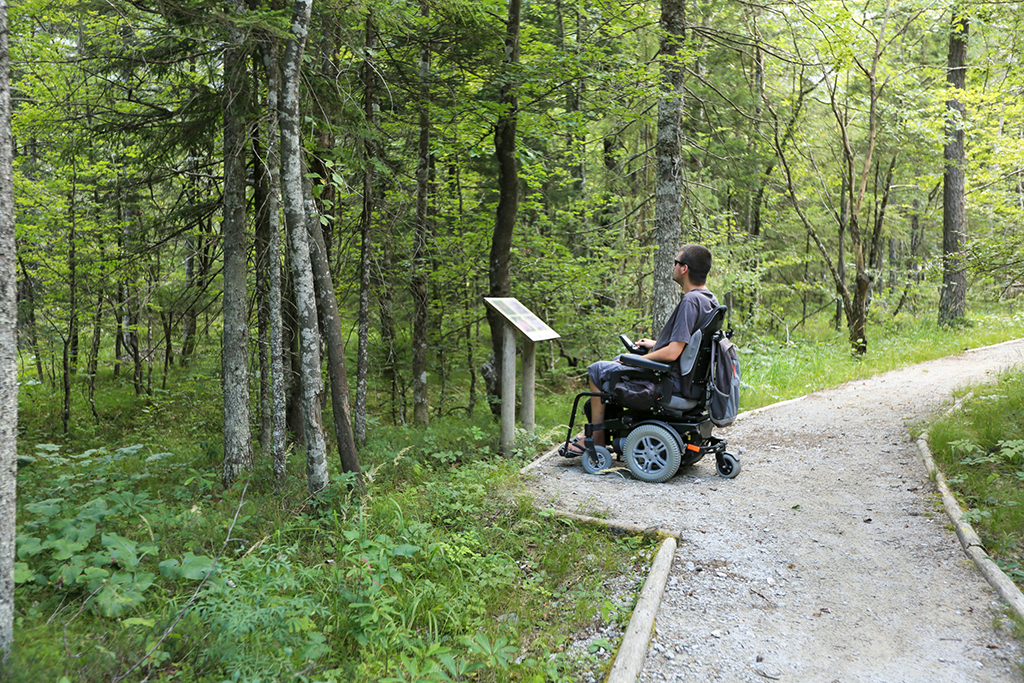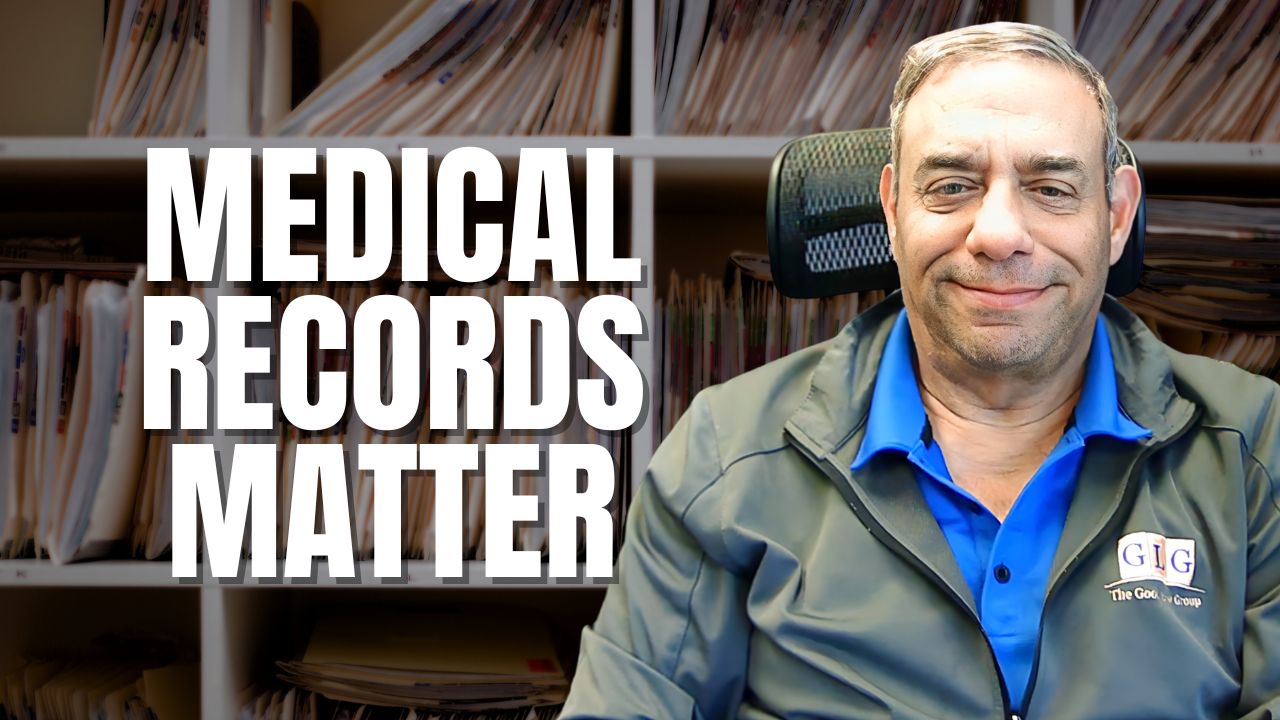Muscular dystrophy is among diseases that cause gradual loss and weakening of body muscles. The mutation of abnormal genes hinders protein production in the body which is necessary for the formation of healthy muscles.
An inherited condition prevents the body from manufacturing proteins. Some types of muscular dystrophy occur in males only. This is because the inheritance pattern of the diseases passes some types to males only.
There are several kinds of muscular dystrophy. Duchene Muscular dystrophy is the most popular type of muscular dystrophy. It is also the most severe. It often starts in childhood, usually between the ages of 2 and 5 years.
Muscular dystrophy has no permanent cure. Fortunately, there are therapies and medication that make the symptoms of muscular dystrophy manageable. Treatments make the symptoms and their effect slower.
Symptoms of Muscular Dystrophy
Signs of some varieties are visible from childhood. The manifestation of these early symptoms is common in boys. Sometimes, in other types of muscular dystrophy, the expression of symptoms doesn’t occur until adulthood.
Children born with muscular dystrophy typically develop well for the first few years of life. (2019, May 13). Understanding Muscular Dystrophy–Sumptoms. Retrieved from https://www.webmd.com/children/understanding-muscular-dystrophy-symptoms. The muscular dystrophy signs often appear suddenly. The child may manifest symptoms of clumsiness. These signs may include trouble when walking, falling off, and difficulty in raising the front part of their foot.
Most kids who are affected become weaker and weaker. They gradually lose their ability to sit, hold and lift objects, and to walk. The symptoms of muscular dystrophy vary, depending on which type it is. Some of the prevalent symptoms of muscular dystrophy include:
- Muscle weakness which commonly occurs around the hips, legs, and pelvis
- The patient experiences difficulty standing. In young children, they often have trouble learning how to sit and walk independently. The patient experiences a waddling gait
- The walk of the patient seems clumsy. They sometimes fall off, walk on their toes or the balls of their feet
- The patient has trouble rising from a lying or sitting position. They will ask someone to help them from the resting posture
- The patient has difficulty climbing stairs
- The calves of the patient are larger than usual. The large claves may sometimes be painful
- Trouble breathing. The breathing problem may be severe and the patient might need to use ventilators. The disease sometimes affects heart and lungs muscles causing breathing problems in patients. Abnormal heart rhythms may also occur
- The patient may have learning disabilities and behavioral problems
- The spine may have a curvature. This condition is referred to as scoliosis. This results in one hip rising higher than the other.
What Causes Muscular Dystrophy?
Muscular dystrophy is caused by a mutation of chromosome X. However, each type of muscular dystrophy is caused by different mutations. They, however, all result in the inhibition of the production of Dystrophin. Dystrophin is the protein that is essential in repairing and building body muscles.
Dystrophin may be absent or faulty. Its absence or deformity results in the weakening of muscles and the muscles may also begin to get damaged.
Most of these genetic mutations get inherited from the parents to their kids. Some of the mutations occur in the mother’s egg or in embryos. In this case, the disease is passed on to the descendants in the next generation.
Families with muscular dystrophy history are at a higher risk of passing it down to their children or developing the disease.
Diagnosis of Muscular Dystrophy
There are several ways of diagnosing this disease. They are discussed below;
- Biopsy. Removing a portion of the affected muscle and studying it under a microscope may show signs of muscular dystrophy.
- Genetic testing. Genetic mutations involved in Muscular Dystrophy are screened during the diagnostic tests for the disease.
- Lung and heart screening: This may be useful in telling whether there is muscle waste in the organs.
- Electromyography. This process is used to show the electrical process in the muscles. The insertion of a needle in the muscle is able to detect whether the condition of the muscle is normal or not.
If you experience any signs and symptoms of muscular dystrophy, seek doctor’s attention.
Treatment of Muscular Dystrophy
Unfortunately, no treatment completely cures Muscular Dystrophy at the moment. However, some medications help keep the patient stronger and mobile for some time. The drug also prevents a quick progression of the disease.
When diagnosed with muscular dystrophy, the doctor may prescribe any of these two medications:
- Corticosteroids: These drugs work by improving the strength of the muscles. It also slows down the progression of the disease. However, prolonged use of this drug can weaken the bones or lead to rapid weight gain.
- Heart Medicine: The doctor may also prescribe heart medication, especially if the heart muscles are wasting away. Angiotensin-converting enzyme (ACE) inhibitors and beta-blockers may come in handy in this situation.
Physical Therapy to Slow Down Muscular Dystrophy
Physical therapies come in handy in slowing down the progression of the disease. They are also instrumental in improving the mobility of the patient. Here is how you can engage in therapies;
- Engaging in general exercises may be helpful for the muscles. A variety of stretching and motion exercises can help fight the inevitable movement of limbs since tendons and muscles shorten. All About Muscular Dystrophy. Retrieved from https://www.medicalnewstoday.com/articles/187618.php. Stretching and motion exercises help make the rigid limbs mobile. Activities such as walking and swimming can also be useful in reducing the burden of the disease.
- Breathing assistance. The heart and lungs muscle may waste away in patients of muscular dystrophy. Breathing assistance may be necessary when the breathing muscles waste away. A ventilator may be required in severe cases.
- To stay mobile, a patient may use mobility aids such as wheelchairs, walkers, and canes.
- Braces stretch muscles and tendons when they shorten. They also support the patient in movement.
Qualification for Disability Benefits
Muscular dystrophy is one of the conditions in the Social Security Administration Blue Book of Impairment listings. To qualify for the listing, the following will be looked at;
Disorganization of Muscle Function
If a patient is suffering from severe motor functioning of the arms of the legs, this factor may favor them to qualify for the benefits. To qualify under this listing, the patient should have trouble with the following body functions:
– Use of hands
– Balancing well while walking and standing
– Standing up from a seated or lying position
Combination of Mental and Physical Limitations
To qualify under the Blue Book, a patient may show restraint of mental functioning combined with physical functioning. One or more of these mental functions may be considered:
- Reduced social interaction skills with others
- Low concentration in completing assignments
- Limitation in remembering, thinking, understanding and synthesizing information
- Taking care of oneself
- Regulating emotions
- Adapting to new environments
A claimant qualification depends on the strength of your medical evidence. Substantial medical evidence may include proofs and tests of:
- DNA
- CT scans, x-rays, and MRIs
- Reports of physical therapies
- Muscle biopsies
Qualifying Under a Vocational Allowance
Sometimes, the claimant may not meet the qualification from the two criteria above. In this case, a medical-vocational allowance may be their way out.
In this case, SSA will determine whether or not you can perform your previous job. It will have to prove that you cannot deliver your work duties due to muscular dystrophy. It may have to find out whether you can perform other jobs.
If SSA finds out that there are no jobs suitable for you in the national economy, they will automatically approve you for the benefits.
Applying for SSD Benefits
Social Security disability approves claimants of muscular dystrophy depending on the nature and severity of specific symptoms. Anyone who meets the SSA impairment listings is entitled to these benefits. However, you need a competent and trustworthy disability attorney to help you with the process.
,









